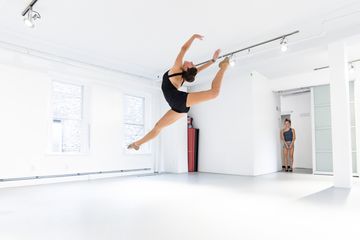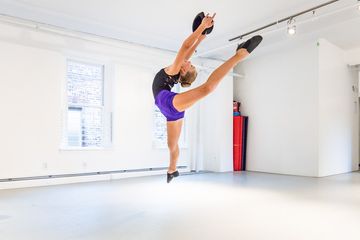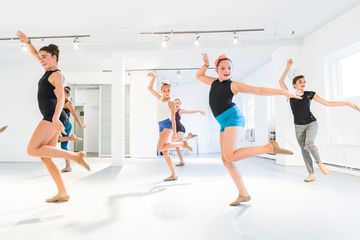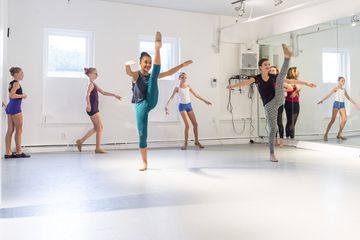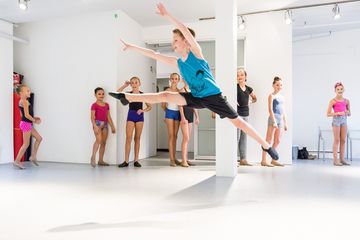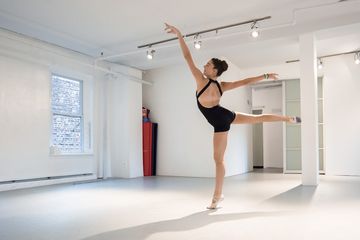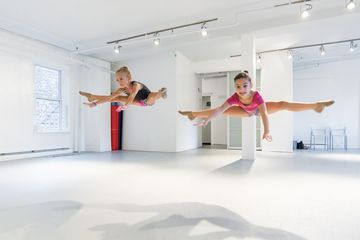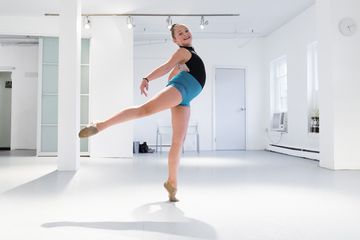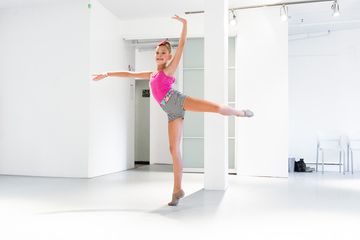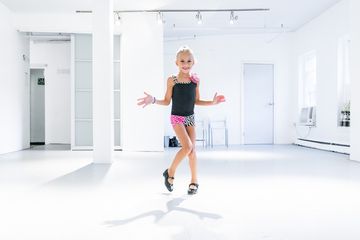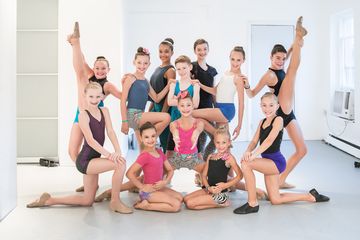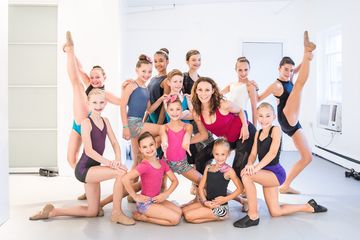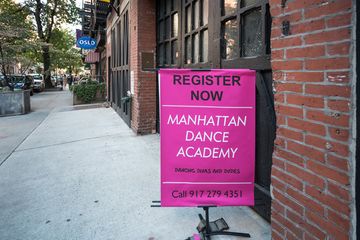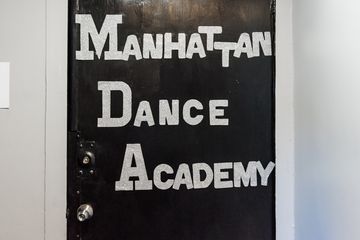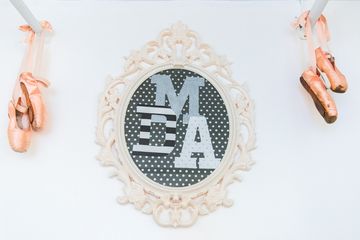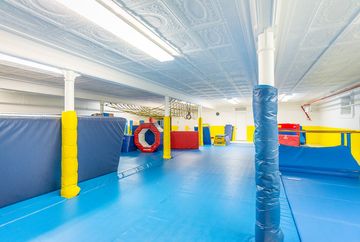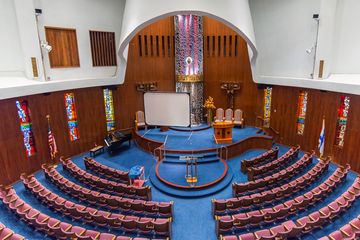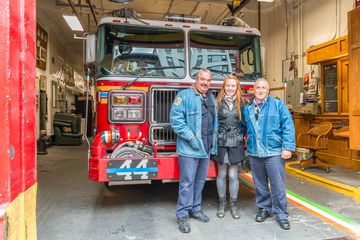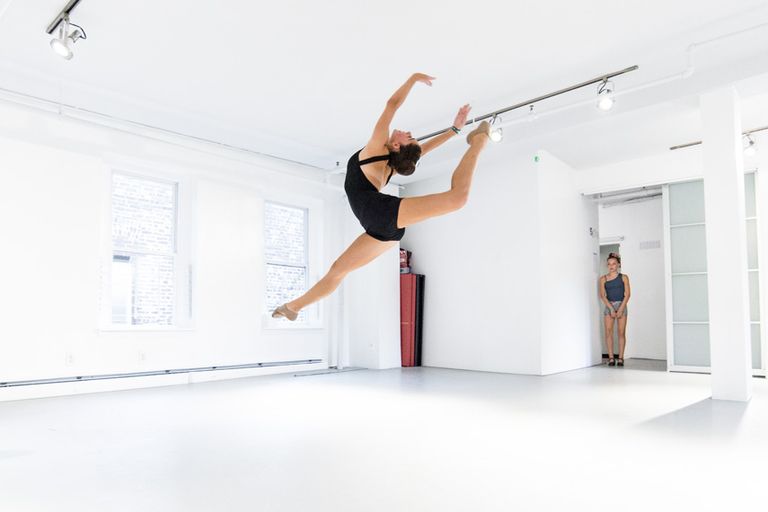
Upon entering the Manhattan Dance Academy, I was met with a dainty stampede of dance students between the ages of seven and fourteen who greeted me with a chorus of “Hello!” and “Nice to meet you!” As I told Julie Swift, the owner of the company, I was already impressed with her young students' manners before I even saw them dance. She nodded and admitted that she considers courtesy to be an important part of their training, both as dancers and people. In a world full of reality shows where little dancers only care about competing, it was a refreshing sentiment to hear. Julie also shared stories of children who were not very nice being asked to leave the program. “We don’t have space for bullies,” she said. I was able to observe, as soon as we entered a studio, how the class took place within a nurturing, friendly environment. As each girl got up to perform her solo dance, her seated classmates yelled words of encouragement and whooped with the enthusiasm of a concert crowd. Judging from the big smiles on the solo dancers’ faces, this was exactly what they wanted to hear.
Julie instructed the girls to cross the airy, sunshine-filled studio in a variety of different ways, and so I was treated to a spectacle of leaps, spins, and pointed toes. Because the Manhattan Sideways team was visiting during a school holiday, the class was particularly diverse – anyone who did not have school was invited to come. I met many young dancers, including one who impressed us with a graceful ballet solo and another who did a spunky jazz routine in a top hat. When the children got up to show me their best work, I took note of the spectrum of styles offered at the Manhattan Dance Academy. Dancers can choose to be trained in ballet, jazz, hip-hop, tap, and even aerial. The music that they danced to was primarily current pop songs, however, Julie explained to me later that she also draws from a repertoire of music from her mother and grandmother, who also had dancing schools. She especially enjoys utilizing the music that they had for very young dancers that include instructions – like “heel, step” – in the lyrics.
At the age of three, Julie was learning how to dance in her mother’s studio in Texas. Dancing soon became a personal passion for her, not just a family legacy. When she moved to New York in 2004, Julie opened a dance school for preschoolers called “Dancing Divas and Dudes." When the parents started asking her to continue teaching their children, she expanded into older age groups. She moved into her permanent studio, an old carriage house, in 2012 and has slowly turned it into her dream school. “The sign outside is the first sign we’ve ever had,” she told me. As I listened to her speak words of encouragement - “Smile!” and “Be sassy!” - to the children, it was quite evident that this woman continues to adore and appreciate what she is providing to so many young people.
Julie is also proud of the opportunities that she is able to give her students: she brings in guest teachers from around the city, which means that the dancers get introduced to a variety of styles, including musical theater. “I try to pull each child’s best out of them,” she said. “It’s a community here, and I really love it.” When I asked the students what they thought of Miss Julie, I was met with a bombardment of love for their instructor: “She’s the best teacher I’ve ever had,” “She has a big heart,” and “She always helps us to improve.”
